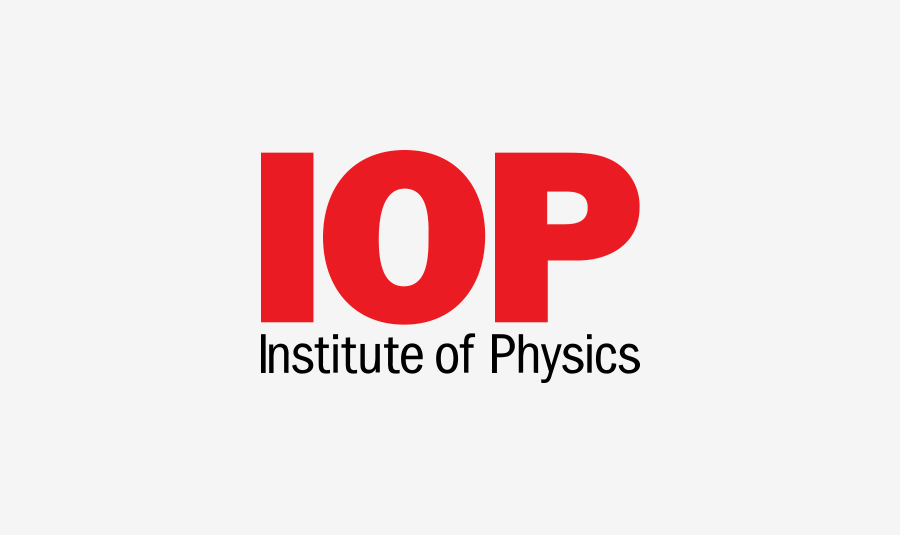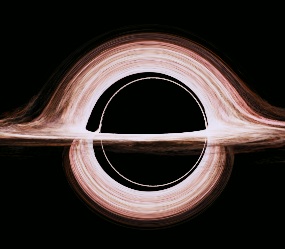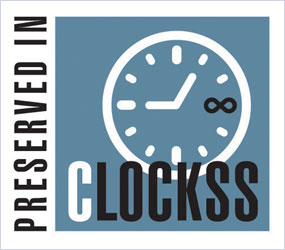News
-

New Senior Product Manager appointed for IOP Publishing
Terry Hulbert has been announced as the new Senior Product Manager, Content Platform for IOP Publishing (IOP). Terry will be responsible for driving the development roadmap for IOPscience, IOP’s content platform. He will be focused on ensuring that the platform and the services it provides meets the needs of IOP’s readers and partners. He will […]
-

Food poverty in the South West leaves gap of nearly a million meals
With many of us still trying hard to work off the extra pounds after a Christmas of excess, unfortunately not everyone in the South West was able to indulge in that extra mince pie, as food poverty still remains a critical issue for many people in the region. Local food waste charity FareShare South West […]
-

IOP Publishing participates in eduGAIN
IOP Publishing (IOP) has joined the service eduGAIN to allow institutions, within participating federations, access to IOPscience through Shibboleth/Institutional login, simplifying access to scientific content within the global research community. Through eduGAIN, IOP has expanded the list of institutions that can use Shibboleth/Institutional login to access IOPscience to include customers in the Czech Republic, Ireland, […]
-

Features editor of Physics World awarded European Astronomy Journalism Prize
Dr Louise Mayor, features editor of Physics World, is off to the Atacama Large Millimeter/submillimeter Array (ALMA) in Chile, after winning the European Astronomy Journalism Prize 2014. Louise’s winning article, “Hunting gravitational waves using pulsars”, was published in the October 2014 issue of Physics World and was also promoted via a video on physicsworld.com. Louise […]
-

Interstellar technology throws light on spinning black holes
The visual effects team from Christopher Nolan's epic, Interstellar, have provided new insights into the powerful effects of black holes.
-

IOP Publishing launches new sections in two of its journals
Environmental Research Reviews (ERL) New section: Environmental Research Reviews ERL has launched a new reviews section to meet the need for systematic, evidence-based reviews of important and topical environmental issues. While ERL will also accept standard reviews, the journal hopes to lead the way in publishing more quantitative, meta-data based reviews of important environmental questions. […]
-

IOP Publishing preserves ebooks with the CLOCKSS Archive
CLOCKSS press release: The CLOCKSS Archive is pleased to announce that it has partnered with IOP Publishing (IOP) to preserve their ebooks in CLOCKSS’s geographically and geopolitically distributed network of redundant archive nodes, located at 12 major research libraries around the world. IOP is committed to ensuring the preservation of its digital content for the […]
-

New JPhys+ blog launched
IOP Publishing’s new blog, JPhys+, highlights the very best articles published across the Journal of Physics series. It also covers news reports on the latest research breakthroughs, interviews with leading scientists, guest blogs from authors and referees, and in-depth articles on research, publishing and the physics community. Journal of Physics series titles include: Journal of […]







